When it comes to nurturing your garden, both mulching and composting play vital roles in enhancing soil health, conserving moisture, and suppressing weeds. While they share similarities, mulching and composting serve different purposes and offer unique benefits. In this article, we’ll explore the differences between mulching and composting, their advantages, and how to decide which option is best suited for your garden’s needs.


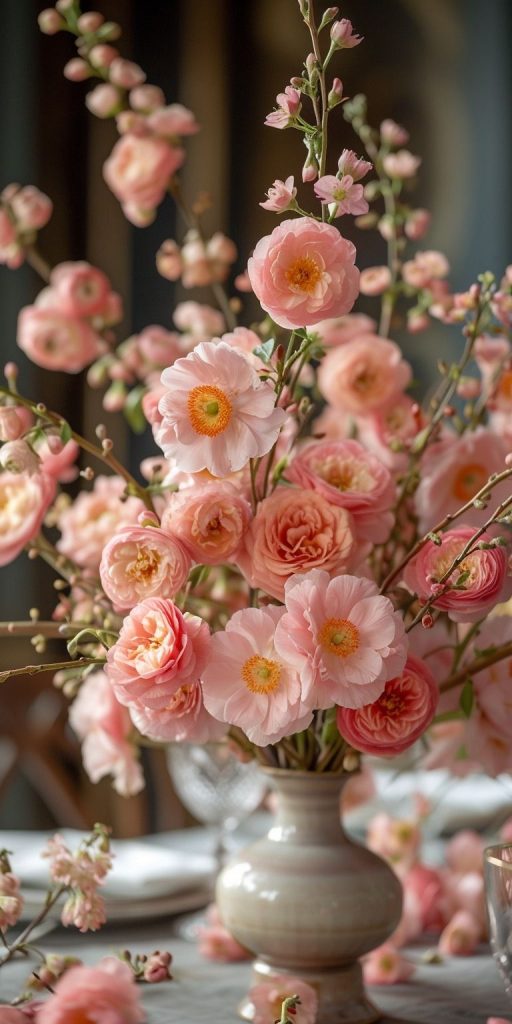
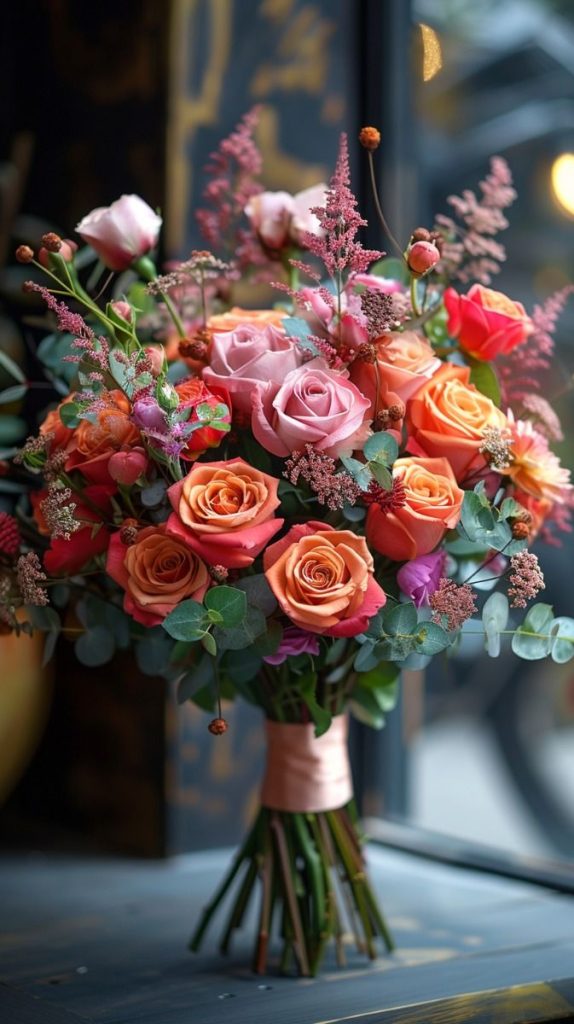
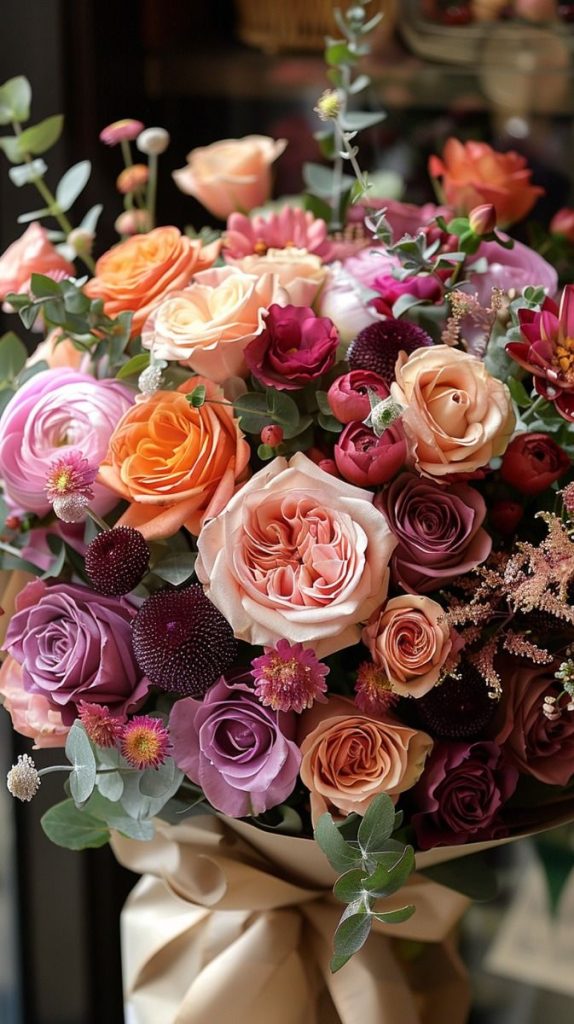
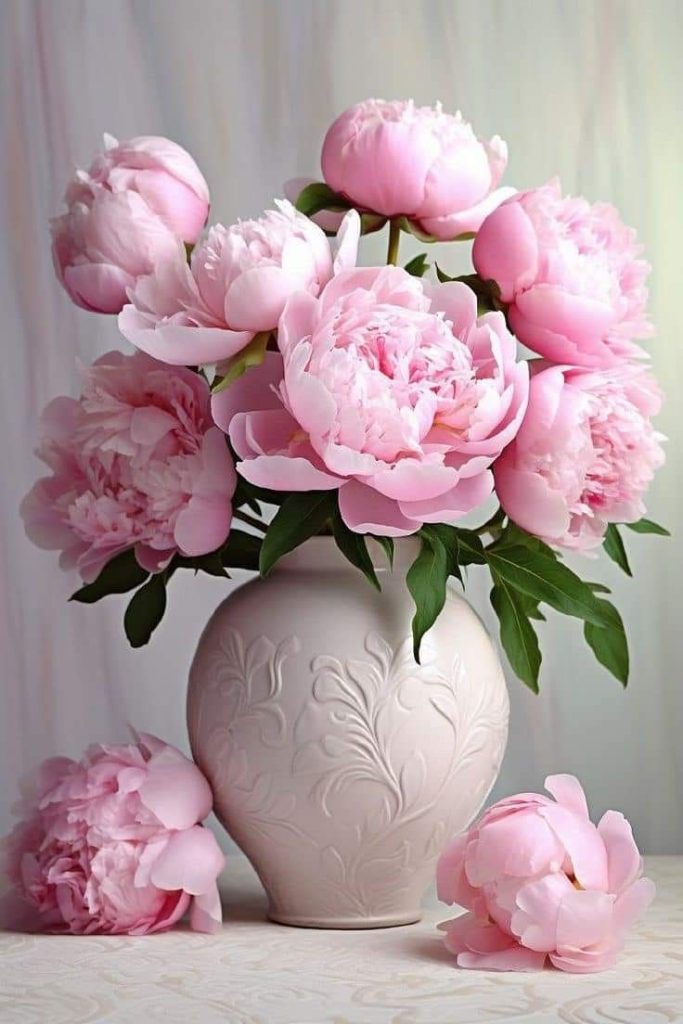
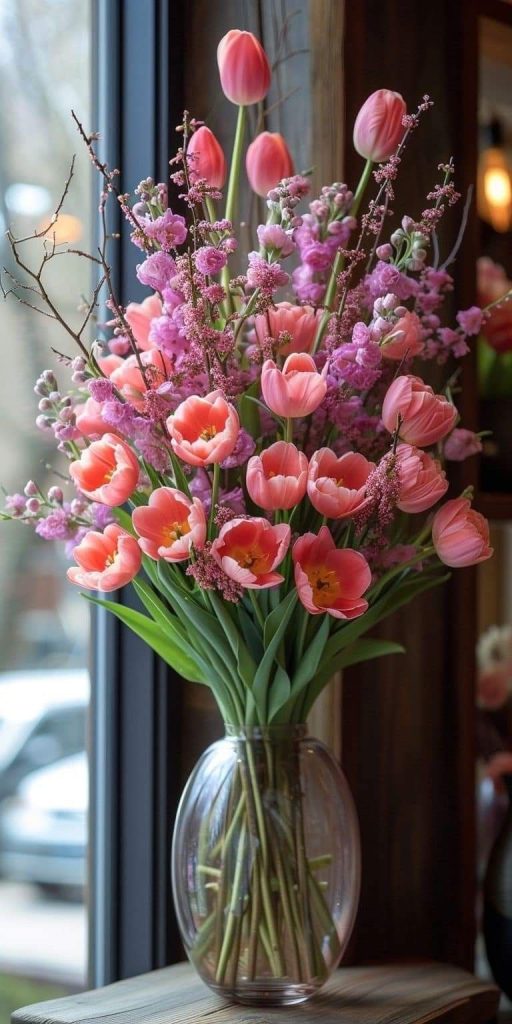
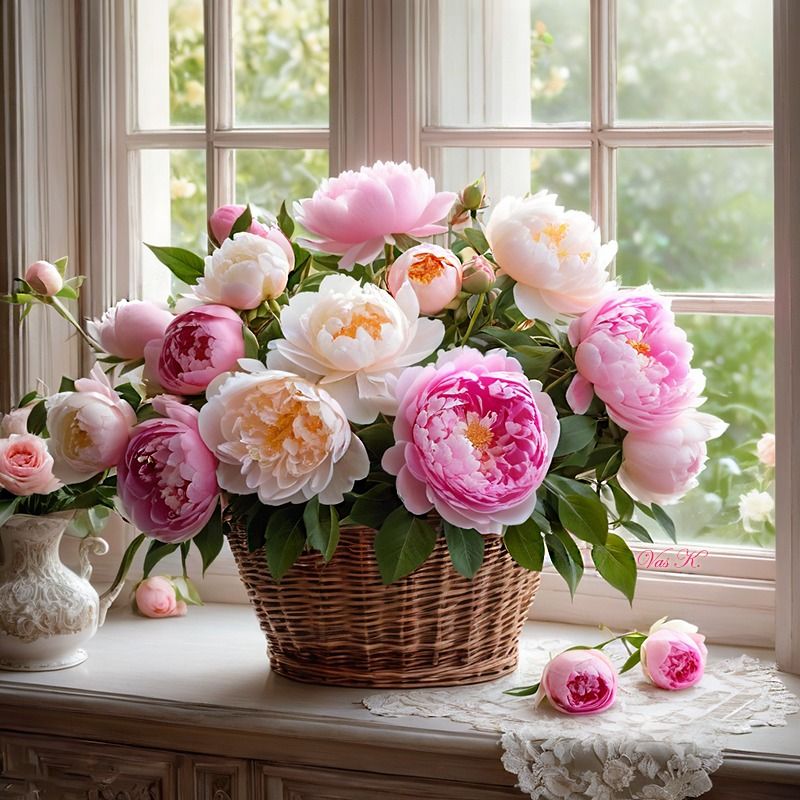

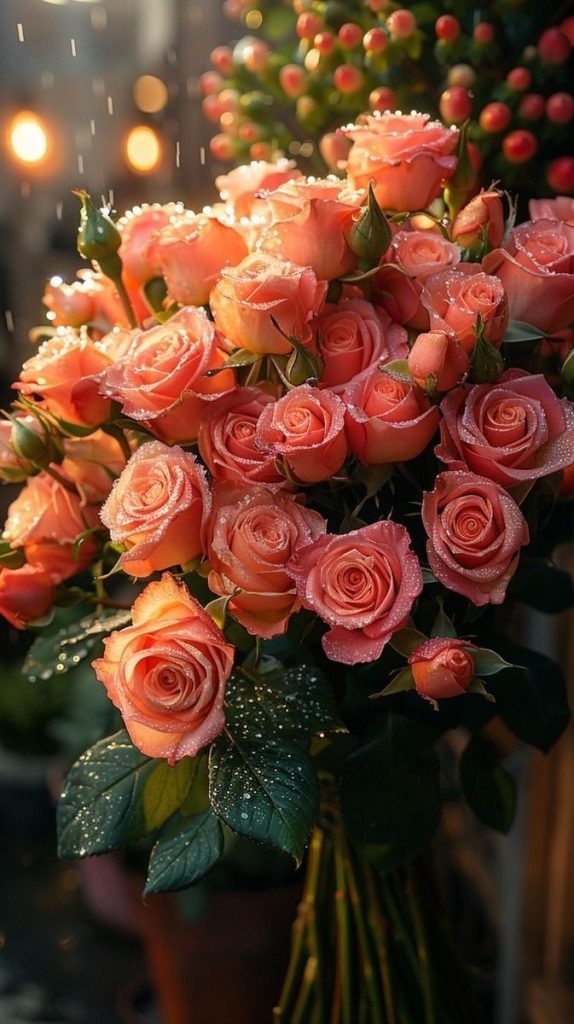
Mulching: The Protective Cover
- What is Mulching?
- Definition: Mulching involves placing a protective layer of material, such as wood chips, straw, or leaves, on the soil surface around plants.
- Benefits of Mulching:
- Soil Moisture Retention: Mulch helps retain soil moisture, reducing the need for frequent watering.
- Weed Control: A thick layer of mulch suppresses weeds by blocking sunlight and preventing weed seeds from germinating.
- Soil Temperature Regulation: Mulch acts as an insulator, keeping the soil cool in summer and warm in winter.
- Types of Mulch:
- Organic Mulch: Includes materials like bark, wood chips, straw, and leaves.
- Inorganic Mulch: Includes materials like plastic, rubber, and gravel.
Composting: The Nutrient Booster
- What is Composting?
- Definition: Composting is the process of decomposing organic matter, like kitchen scraps, yard waste, and manure, to create nutrient-rich compost.
- Benefits of Composting:
- Soil Enrichment: Compost enriches the soil with essential nutrients, improving soil structure and fertility.
- Waste Reduction: Composting reduces waste by transforming organic materials into a valuable soil amendment.
- Microbial Activity: Compost promotes beneficial microbial activity in the soil, which aids in nutrient uptake by plants.
- Types of Composting:
- Cold Composting: A slower process that requires minimal effort, suitable for beginners.
- Hot Composting: A faster process that requires regular turning and monitoring to maintain optimal conditions for decomposition.
Making the Right Choice for Your Garden
- Consider Your Garden’s Needs:
- Soil Health: If your soil lacks nutrients, composting can help replenish it, while mulching can protect and improve existing soil.
- Weed Control: If weed control is a priority, mulching with a thick layer of organic mulch can effectively suppress weeds.
- Moisture Retention: In areas with hot and dry climates, mulching can help conserve moisture and reduce the need for frequent watering.
- Combining Mulching and Composting:
- Best of Both Worlds: You can combine mulching and composting by using compost as a mulch layer or incorporating compost into the soil before applying mulch.
- Sequential Application: Apply compost to enrich the soil and then add mulch to protect the soil and maintain moisture levels.
- Practical Considerations:
- Availability: Consider the availability of materials for mulching and composting in your area.
- Time and Effort: Composting requires regular maintenance and turning, while mulching is relatively low-maintenance.
Conclusion
Both mulching and composting offer valuable benefits for your garden, and the choice between the two depends on your garden’s specific needs and your gardening goals. While mulching primarily focuses on protecting the soil and conserving moisture, composting enriches the soil with nutrients and promotes microbial activity.
By understanding the differences between mulching and composting and considering your garden’s needs, you can make an informed decision that will contribute to healthier plants, improved soil health, and a thriving garden. Whether you choose to mulch, compost, or combine both methods, your garden will thank you with vibrant growth and abundant harvests. Happy gardening!